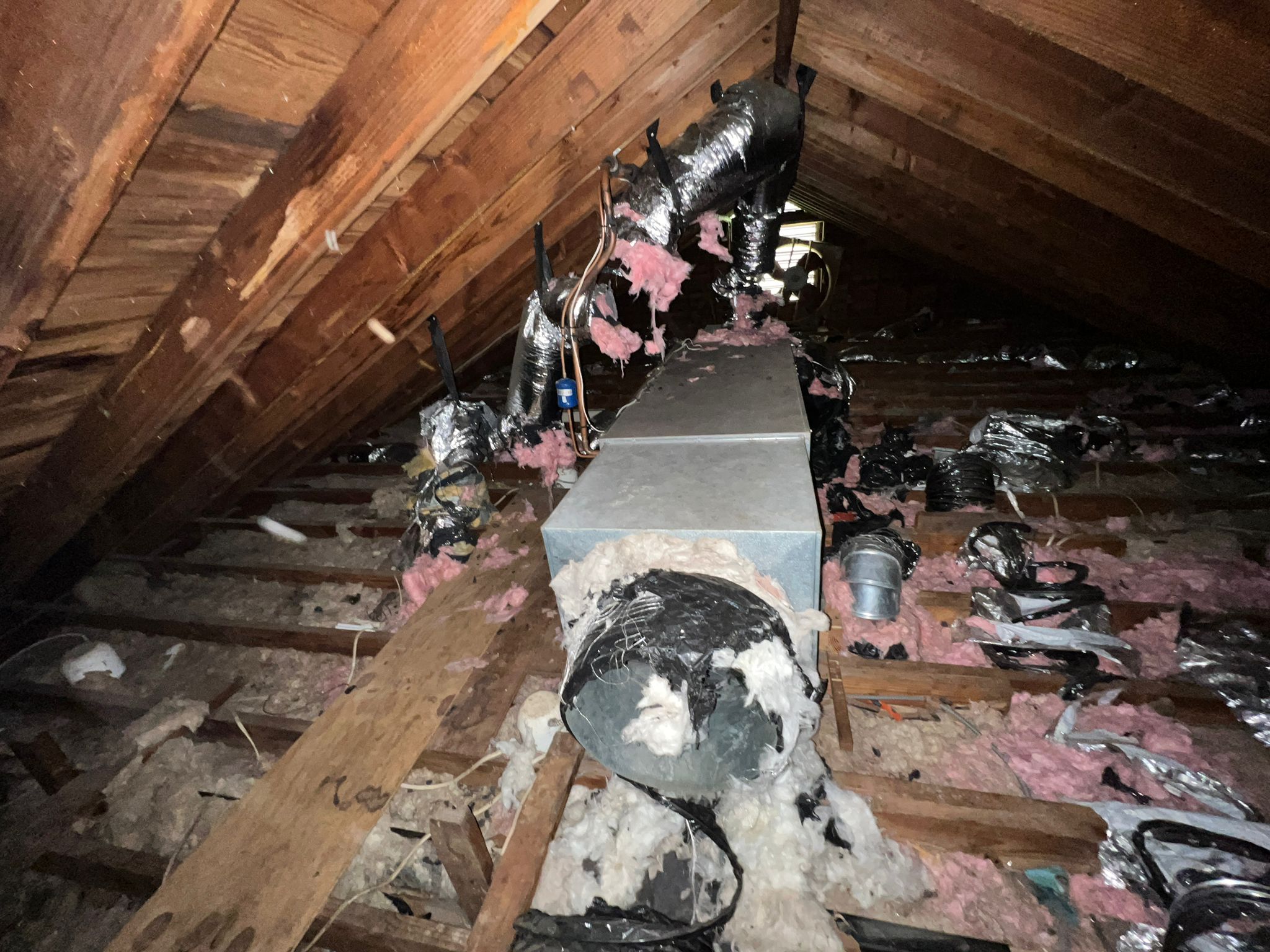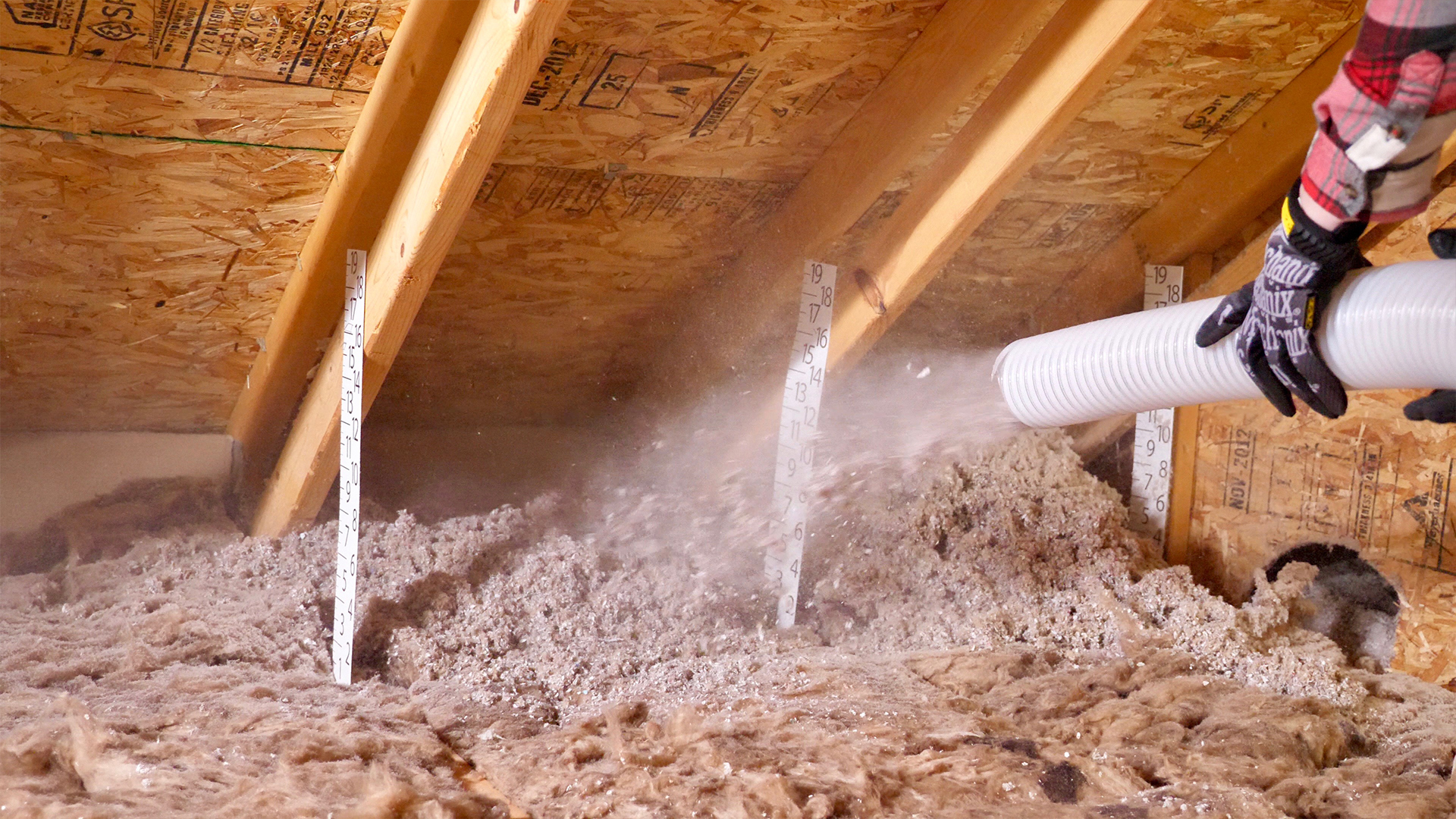How Attic Insulation DFW Can Transform Your Home's Environment Control
How Attic Insulation DFW Can Transform Your Home's Environment Control
Blog Article
Discover the Various Sorts Of Attic Insulation and Their One-of-a-kind Advantages for Your Home's Energy Performance

Fiberglass Insulation
Fiberglass insulation is one of the most typically utilized materials for attic room insulation as a result of its outstanding thermal performance and cost-effectiveness. Composed of tiny glass fibers, this product effectively catches air, producing a protecting barrier that assists maintain constant indoor temperatures. Its high R-value per inch makes it especially effective at standing up to warm transfer, which is essential for power conservation in homes.
Installation of fiberglass insulation is reasonably uncomplicated, frequently offered in batts or loose-fill types, fitting different attic room configurations. Additionally, it is non-combustible and resistant to moisture, decreasing the risk of mold and mildew development. This durability adds to its longevity, making fiberglass a practical long-lasting financial investment for house owners.
Furthermore, fiberglass insulation is often manufactured from recycled products, which enhances its eco-friendliness. The material can additionally add to soundproofing, reducing noise transfer in between areas. While it is important to use protective equipment throughout installment to prevent irritability from the fibers, the general advantages of fiberglass insulation, including energy savings and ecological factors to consider, make it a popular selection for boosting attic performance and promoting a comfy living setting.
Spray Foam Insulation
Spray foam insulation is an extremely effective option for attic room insulation, understood for its premium air securing and thermal efficiency. This cutting-edge insulation product is composed of a mixture of isocyanate and polyol material, which, when incorporated, broadens swiftly to load gaps and dental caries in the attic room. Its ability to follow various surface areas ensures a continual barrier against air leaks, substantially minimizing warm loss during cooler months and heat gain throughout warmer periods.
One of the crucial benefits of spray foam insulation is its high R-value per inch, which implies it provides excellent thermal resistance in a fairly slim application. This is particularly useful in attics where space is typically limited. Additionally, spray foam can assist reduce dampness build-up, reducing the danger of mold and mildew and mold development, which can be harmful to both the framework and interior air quality.
While the preliminary cost of spray foam insulation may be more than conventional alternatives, its lasting energy savings, combined with raised comfort and boosted home value, make it a rewarding investment for house owners seeking boosted energy performance. Attic Insulation DFW. Overall, spray foam insulation attracts attention as an efficient solution for maximizing attic room insulation
Cellulose Insulation

Cellulose insulation is a popular selection for attic room insulation, primarily made up of recycled paper products treated with fire retardants. This eco friendly option is understood for its outstanding thermal performance, successfully lowering heat transfer in both summertime and winter season. The thick structure of cellulose permits it to fill voids and spaces in attic rooms, offering a smooth barrier versus air leaks.
One of the substantial link benefits of cellulose insulation is its capacity to withstand mold and mildew and bugs, owing to the fire retardant treatments made use of throughout manufacturing. In addition, it flaunts a high R-value per inch, which converts into superior power effectiveness. Homeowners can expect lower home heating and cooling costs as an outcome of enhanced insulation.
Installment is generally achieved via blowing loosened cellulose into the preferred area, enabling a fast and effective procedure. This technique also lessens disturbance to the existing framework. Cellulose insulation has a fairly low environmental effect, as its manufacturing procedure utilizes recycled materials, adding to sustainable building techniques.
Rock Wool Insulation
Among the various alternatives for attic insulation, rock wool, likewise called mineral woollen, sticks out as a result of its impressive thermal and acoustic efficiency. Made from recycled or all-natural materials, rock wool is produced by thawing rock and rotating it into fibers, leading to an item that offers superb insulation buildings.
One of the significant advantages of rock wool insulation is its high R-value, which suggests its performance in withstanding heat flow. This characteristic not only boosts power efficiency yet also adds to preserving a comfortable indoor temperature year-round. In addition, rock woollen is inherently fire-resistant, making it a more secure choice for homes as it can withstand high temperatures without melting or launching toxic fumes.
In addition, rock woollen insulation excels in soundproofing capacities, properly reducing noise transmission between rooms and from outdoors sources. In general, rock wool insulation supplies a thorough remedy for improving energy efficiency, safety and security, and comfort in property setups.
Radiant Barrier Insulation
Radiant obstacle insulation functions as a reliable option for decreasing heat transfer in attics, specifically in warmer environments. This kind of insulation works by reflecting convected heat far from living areas, thus decreasing the quantity of warm that gets in a home during heat - Attic Insulation DFW. Commonly made up of a very reflective material, such as light weight aluminum foil, radiant obstacles are installed in attics, facing the roof, where they can intercept inbound warmth from the sun
The key advantage of radiant barrier insulation is its ability to reduced cooling expenses. By showing warm instead of absorbing it, glowing obstacles can assist keep a much more secure indoor temperature level, decreasing the workload on cooling systems. This performance equates right into reduced power bills and boosted convenience for homeowners.
Along with power financial savings, you could try here glowing barriers can additionally add to enhanced indoor air quality. By lowering warm build-up, they assist reduce humidity levels, which can protect against mold development and improve total air blood circulation. When set up correctly, radiant barrier insulation can be an important addition to any type of energy-efficient home, making it a worthwhile factor to consider for homeowners wanting to enhance their attic room insulation method.
Conclusion
Finally, recognizing the different types of attic room insulation-- fiberglass, spray foam, cellulose, rock wool, and official statement glowing barriers-- allows homeowners to make educated decisions concerning energy effectiveness. Each insulation kind presents unique benefits, such as premium thermal resistance, dampness administration, and sound attenuation. By selecting the proper insulation product, substantial reductions in energy prices can be achieved, in addition to improvements in interior convenience. Eventually, the appropriate selection adds to a much more sustainable living environment and advertises total power conservation.

In final thought, recognizing the numerous types of attic room insulation-- fiberglass, spray foam, cellulose, rock woollen, and radiant barriers-- enables property owners to make enlightened decisions pertaining to power performance.
Report this page